|
Happy Halloween, everyone!
Here's a photo of the "We Three" Jack-o-Lanterns for this year... Babbo (Dad) did the "Green Man" on the left, Lisa created a great eye-gouging homage to the last Walking Dead episode, and Lucas created his Android Man. Boo! --Jerry Finzi
0 Comments
The weather on the Adriatic Sea on the eastern coast of Italy can get very rough--at times too rough for fishermen to voyage out to sea to fill their nets. About 2000 years ago, the Phoenicians invented a sort of land-based fishing machine that could catch fish even in rough seas. Although many believe this is the reason for their invention, some claim that farmers invented the structures to supplement their food supply during times of poor harvests. Whoever invented it, the trabucco (not to be confused with the same Italian word for a trebuchet, a military weapon) has become a proud part of the maritime history of Italy... 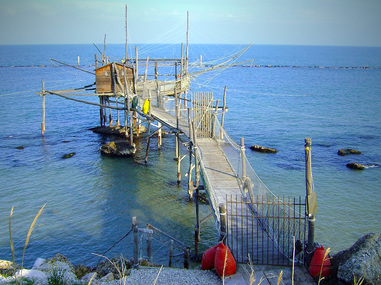 A trabucco (also, trabocco or travocc) looks like the upper parts of a sailing ship built on the craggy edge of a small prominence jutting out into the sea. To the a fan of Steinbeck stories, they might appear to have jumped right off the page from one of his stories about the fishing villages on the northern California Coast. Essentially, a trabucco is a fishing shack with attached decks built on stilts. Nets are rigged onto long pine poles called antennae jutting out over the water and then dropped into the paths of passing schools of fish. Since schools of fish often navigate closely past such points of land, the trabucco became a very efficient method of fishing. In the early part of the 20th century, a successful trabucco could catch enough fish for up to 10 families. 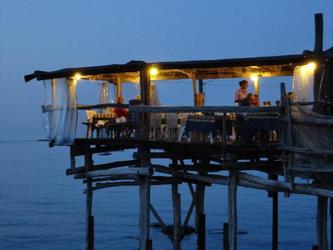 The seafood is always the freshest The seafood is always the freshest Trabucci are found along the coasts of Abruzzi (especially along the Costa dei Trabocchi, a coastal area named for them) and the rocky Gargano peninsula in Puglia where they are protected as National Monuments. Although some are still used today for fishing, they have become treasured monuments to the history of fishing in southern Italy, many being restored into seaside restaurants and bars. They can also be found along the coastlines of the southern Adriatic, especially in the provinces of Chieti, Campobasso, and Foggia and also in some parts of the coast of southern Tyrrhenian Sea on the west side of the Boot. If you are ever in Abruzzo or in Puglia on the Gargano peninsula (a fantastic beach destination), plan on having lunch or a romantic dinner at one of these trabucci turned into eateries. It will be a high-point of your voyage and one of the most unique dining experiences of your entire life... Here is a tripadvisor listing of trabucci restaurants. Enjoy! Ciao! --Jerry Finzi Ok... I'm going to ask you all to be quiet about what I'm going to tell you, and insist you don't share this information... but in my opinion, Pienza is the absolute best Tuscan Renaissance town to visit, to eat in, to stroll around in, to live in, to shop and to love. But really, don't spread it around, or it will get way too touristy and change forever... We discovered Pienza during our first agriturismo apartment rental just outside of the town in the clay hills of Southern Tuscany known as the Crete Senesi. Just down the road from our apartment were sheep in the fields... a sign of what this town is really famous for--Pecorino--sheep's milk cheese! (Pecora means sheep). 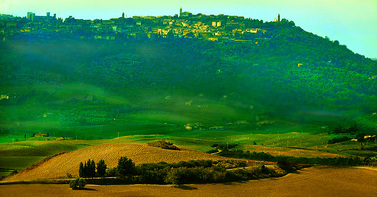 The morning view of Pienza The morning view of Pienza We were teased with the view of the hilltown from our villa's window as the sun set after our arrival, the lights of the town starting to glow. The next morning as the blue mist lifted and turned into a sunrise, I was up early to watching the changing view and my first morning in Tuscany. Yes, Pienza is indeed a hilltown like the many hundreds more in Italy. Long ago in history, people built their towns on top of steep and often craggy hills, embankments or cliffs for defensive purposes. Pienza is also a defensive hilltown, complete with massive walls, watchtowers and gates. But there is a difference--the hill that the town was built upon is fairly flat at the top. This means that the town itself is a joy to walk in effortlessly--no climbing step after step or incredibly steep streets and alleyways. Still, Pienza has one of the most amazing views of the Val d'Orcia below and the wonderful rolling hills of this part of Tuscany from its south facing promenade--one of the finest we've seen in all of Italy. The promenade has an unobstructed view of the valley all the way to Monte Amiata, an extinct volcano where people hike in summer and ski in winter. The view of the rolling hills of the Val d'Orcia have an advantage for photographers... The view from the promenade looks to the south, which means that if you want to see amazing light and shadows, spend some time either in the morning as the sun rises or late in the day as the sun sets. You can literally watch the texture of the hills and fields change right before your eyes if you spend some time watching from this unique vantage point. If there are fair weather clouds moving over the valley, their shadows will only add to the God-like sculpting of the landscape. Pienza owes its Renaissance beauty to Enea Silvio Piccolomini, born in the town in 1405. At the time of his birth, the village was called . Enea was to later became Pope Pius II and had the entire village rebuilt as an ideal Renaissance town. Construction started in 1459 and by August of 1462, Pope Pius II consecrated the Duomo. La pieve di Corsignano, a much earlier medieval church built in the 10th century, lies only a few hundred yards from the walls of Pienza, attesting to the long history of the town. Christians were worshiping on this site as early as 714 AD. In Pienza you can visit Palazzo Piccolomini, Pope Pius' main residence with it's interior court, three story loggia that overlook a terraced Renaissance garden with views of the valley and Monte Amiata. Across the piazza there is Palazzo Vescovile, built to house the attending bishops who traveled with the Pope. The third building on the piazza of note is Palazzo Comunale, the town hall which the church required to be built in the 16th century to match the status of Pienza as an "official city". Strolling through the beautifully paves streets, you will come across shops for cheese, wine, clothing, ceramics and gifts. There are a good variety of both casual and fine dining places to eat, gelaterias and even bars and alimentari. There are many apartment and villa rentals in the town limits as well as agriturismo farm rentals in the surrounding countryside. Perhaps the best thing about Pienza is its location. The landscape in and around the Val d'Orcia is characterized by open vistas of plowed and textured landscape stretching over low hills to the horizon, punctuated geometrical rows of cypresses and solitary villas. These are the views and vistas you expect from Tuscany. The crete senesi are the clay hills, many of which have been tamed by generations of farmers.
Pienza is about 50 miles south of Florence, 25 miles from Siena and 35 miles from Perugia. You could easily use Pienza as your hub for a longer stay in Tuscany, driving to the major towns. There are also many worthwhile villages in close proximity to Pienza: Montalcino (home of the famed Brunello wine), Bounconvento (a wonderful medieval walled town), Bagno Vignoni (a village built around Roman baths), Bagno San Filippo (a natural hot springs where locals bathe in the sulfur waters for free), Castiglione del Lago (a fortress castle town on the shore of Lake Trasimeno), and Cortona (of Under the Tuscan Sun fame). But remember... don't tell anyone about this Tuscan town. This is just between us, OK? --Jerry Finzi My wife, Lisa bought me an interesting birthday gift this year--a DNA test kit. I've been researching my Italian heritage since before we took our voyage to Italy late 2014. The origins of the Finzi family name have fascinated me since I was a kid. It was such an unusual name... unlike most Italian names, aside from an "i" at the end. To my ears it sounded Ancient Roman. I could imagine it engraved in marble somewhere in the ancient world. As I grew through life I had hints of the roots of the Finzi famiglia: The film Garden of the Finzi-Contini about a Jewish family during Nazi occupation; a large department store named Finzi in Geneva (also Jewish); the British, Jewish composer Gerald Finzi (I was also baptized Gerald); but then I was thrown off by the Finzi Rum made in Jamaica (how did a Finzi get way down there?) Suspecting a Jewish connection, I started reading about the history of the Jews as they moved throughout the world and through history in what is called the Diaspora--the often forced movement of Jews from one land to another. They originated in the Middle East, then moved to Greece and Southern Italy (called Magna Graecia) then to Northern Italy, Austria, Germany, Poland, Western Europe, Spain and beyond. I read how the ancient form of our family name was varied: Pinchas, or in Latin as, Finees or Finea. I learned that the Finzi lineage leads back to ancient times—2000 years ago and perhaps further. Many—and semingly most—modern Finzis living today are Jewish. Roman Catholic Finzis are in much smaller numbers. I have come to a theory on the reason for this... At several times in history, many Jewish bearers of the Finzi name were forced to either to give up their religion entirely, convert to Catholicism (often under threat of death), or to leave their current homeland and relocate to other lands if they wanted to continue in their Jewish faith. This caused a split in the Finzi family lineage--most being Jewish, and some Catholic—like my family. When my line of Finzis converted to Catholicism isn't certain, but there are a few possibilities. The first goes back almost 2000 years... More likely than not, the first Jews (including Finzis) arrived in Puglia in southern Italy (perhaps after first migrating to Greece) sometime after the destruction of the Second Temple in Jerusalem in 70 AD. At the time, Emperor Tito brought back 5000 prisoners who settled in and around Taranto. In addition, the ports of Brindisi, Otranto, Bari, Trani and Barletta were the natural ports of entry from the Middle East, with the whole of Puglia becoming the first new community for the dispora of Jews looking for a new life in Italy and Western Europe. OK, so that's how the first Jewish Finzis probably arrived in Italy. As time went on, more and more Jews came to Puglia, but not all from Palestine. Some arrived by sea from the Balkans, others from Spain and Portugal, France, Central Europe and even other parts of Italy. Once in Puglia, they assimilated with existing groups, creating a Judaism with its own unique profile. Many spoke Greek as their first language. Still today, there are Jewish communities and a strong historic record of Jews in Puglia, such as Jewish tombstones from the third century A.D..
But why and when did my line of Finzis convert from Judaism to Catholicism? There are three possibilities:
Jews who were forced to convert were called either neofiti, cristiano novi or cristiani novelli. Converting to Christianity didn’t mean they had as many rights as others who were born as Christians. When Jews converted, they were expected to condemn their former religion in the harshest way possible, making it difficult for them to re-enter at a later time. Most neofiti were not permitted to own land. And in Christian communities, these Jewish apostates were not considered full-fledged Christians. Cristiani novella were caught in the middle of the two faiths. Perhaps this was the fate of my lineage of the Finzi famiglia so long ago... I'm strongly convinced now that my family line was forced to convert perhaps as much as a thousand years ago. The DNA results give strong evidence for that, especially since the percentage of "Italy/Greece" DNA is very high at 74%, while the "European Jewish" (5%) and "Middle East" (3%) DNA are surprisingly low. To be honest, I was expecting a higher percentage of Jewish DNA in my blood, either European Jewish or Middle Eastern. From what I read about the DNA science behind the results, such a large percentage of "Italian/Greece" DNA with such a low percentage of Jewish DNA means that the Jewish part of my lineage was long ago in history. The amazing thing to me is that 74% is actually higher than a native of the "Italy/Greece" region! Does this mean I'm more Italian than Italians? --Jerry Finzi “Let’s go forward; there is always a future,” the pope said. “There are many who have left us, many who fell here, under the rubble.” “From the first moment, I felt that I needed to come to you. Simply to express my closeness to you, nothing more. And I pray, pray for you. Solidarity and prayer: This is my offering to you.” “I didn’t want to be a bother, so I let a little time pass, so that some things could be resolved, like the school"
Recipes: Patate Fritte a Sfoglia (Potato Chips) and Patate Fritte Rustica (Rustic French Fries)10/3/2016 In Italy, there are indeed "French fries", as there are all over the world at this point. Years ago when I took a French language course, my teacher, who professed to be an expert of everything French, told me that there were, in fact, no "French fries" in France--it was an American thing. Yea, right. Of course, when I traveled 3000 miles around France on a moped, I learned something about French life--they certainly did have fries there... only they called them "frittes". (The same "teacher" also suggested that I would never see turkey on a menu--even though the French have great dinde {turkey} dishes--and that corn is only reserved to feed the pigs. Googling "recettes de maïs" will find over 60 million hits for "corn recipes".) Steak-frittes was something that I grew to detest, as it was the low rent district of French cuisine--as common as a burger cooked on a flat-top in an American diner. I spent the unfortunate week on the Cote d'Atlantique stuck in a seaside hotel during a five-day deluge, with a room on the court just above the kitchen where pretty much all they cooked was steak-frittes. I couldn't stand the smell of a deep fryer and "frittes" for decades after that. But of course, life goes on, things change... I learned to be a fairly good cook, and eventually learned to deep-fry, although I tend to reserve deep-frying for special occasions (I'm into heart-healthy eating). If I learned to make "french fries", I was determined to learn the best way to make them--crispy, not greasy, using a heart-healthy fat like canola oil. I've also been a long-time fan of home-made potato chips when served in a restaurant or a great roadside fast food stand. This was another goal when learning to deep fry... Over the course of the last couple of years, I have learned to make both rustic style potato fries and potato chips. In Italian, "French fries" translates as patate fritte (literally, fried potatoes). "Potato chips" can translate rather technically as patate fritte a sfoglia (literally, fried puff pastry potatoes), or chips di patate. In reality, you can just call them "chips" with an Italian accent (pronounced "keeps"). So first, I thought I would share with you how to make my fantastic, twice-fried Patate Fritte Rustica (modeled after the "Famine Fries" I've enjoyed at Celtic festivals... Ok, so call me a universal kind of guy). Patate Fritte Rustica (Makes about 4-6 servings) Ingredients 3 large Idaho style baking potatoes, washed & dried, with the skin on 1 gallon of canola oil for frying Spicing Your choice (to taste) of: Sea salt & fresh ground pepper Old Bay brand spice for an authentic, New England flavor, sprinkle a bit of malt vinegar & salt Italian spice mixture (sea salt, dried oregano, dried basil, crushed red pepper flakes) You may use either an electric deep fryer or a large stock pot to fry your potatoes. If using an electric fryer, follow instructions and be careful not to overfill higher than the oil level lines inside the fryer). If you use a stock pot, you only need to fill with oil to a dept of about 2-3" to safely fry your potatoes. Be VERY careful with hot oil! Never overload your oil with potatoes, and NEVER add wet potatoes or you might have spatter and a boil-over!
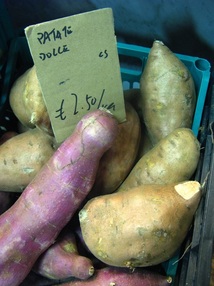 The Potato and Italy The potato is a recent addition to the European cuisine, ever since the Spaniards brought back potatoes from the New World in the 15oos. They are grown and eaten all over Europe and the rest of the world today, with Italy both growing and consuming about 20% less than the United States. It's a wonder that potatoes are grown in the Mediterranean climate of Italy since they were originally brought back from the high altitude of the Andes. It's even more amazing that most of Italy's production of potatoes takes place in the southern part of the country--Campania, Sicily and Puglia. A more interesting fact is that the potato is Italy's second largest crop, right behind the tomato. 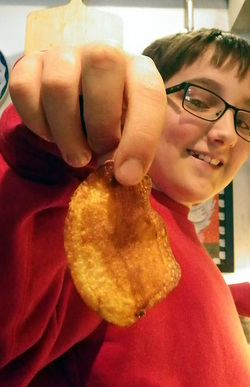 My boy, Lucas, learning how to make a great chip My boy, Lucas, learning how to make a great chip Chips di Patate (Makes about 4-6 servings) Ingredients 3 large Idaho style baking potatoes, washed and dried, with the skin on. 1 gallon of canola oil for frying Spicing You have the same options for spicing your chips as in the recipe for Patate Fritte Rustica above. Use either a large stock pot or electric deep fryer for frying your chips. You will also need a mandoline for thinly slicing your potato chips. (Caution when using a mandoline!)
That's all there is to it. I hope you try both recipes... let us know how they turned out. Here's a couple of tips:
Ciao e buon appetito! --Jerry Finzi Copyright, 2016 - All rights reserved, Jerry Finzi/Grand Voyage Italy
|
Categories
All
Archive
June 2024
|


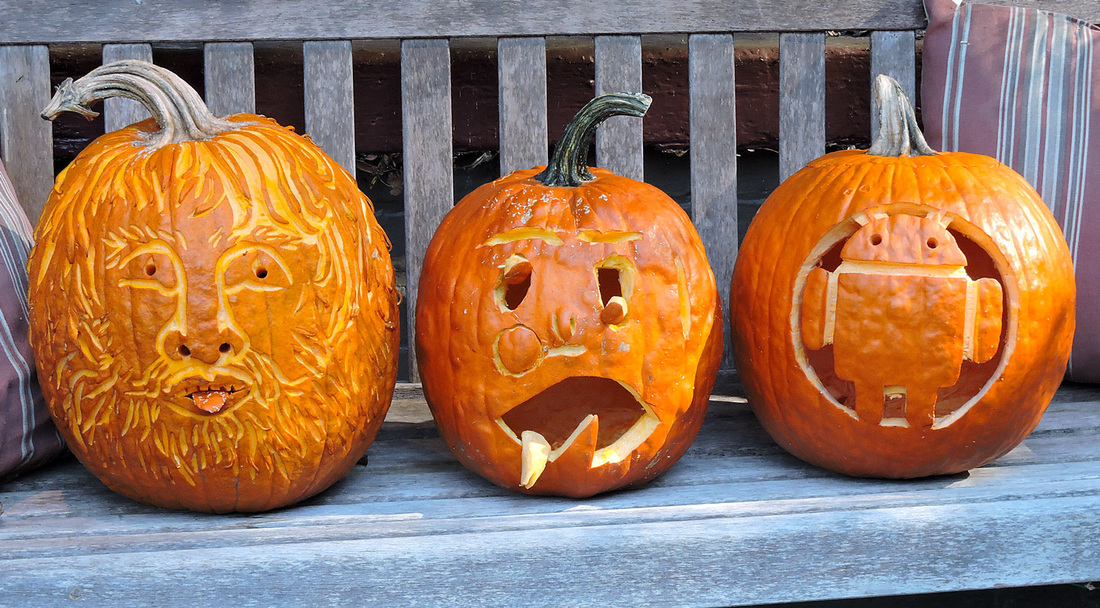
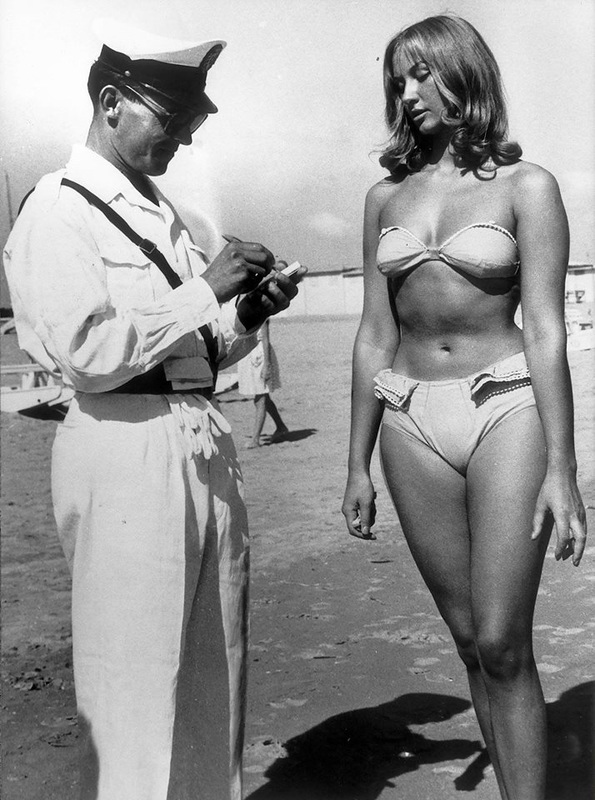
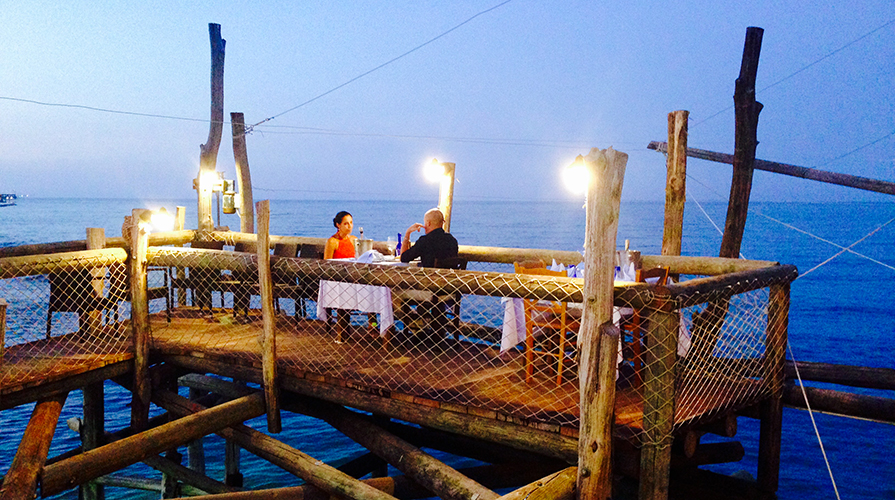
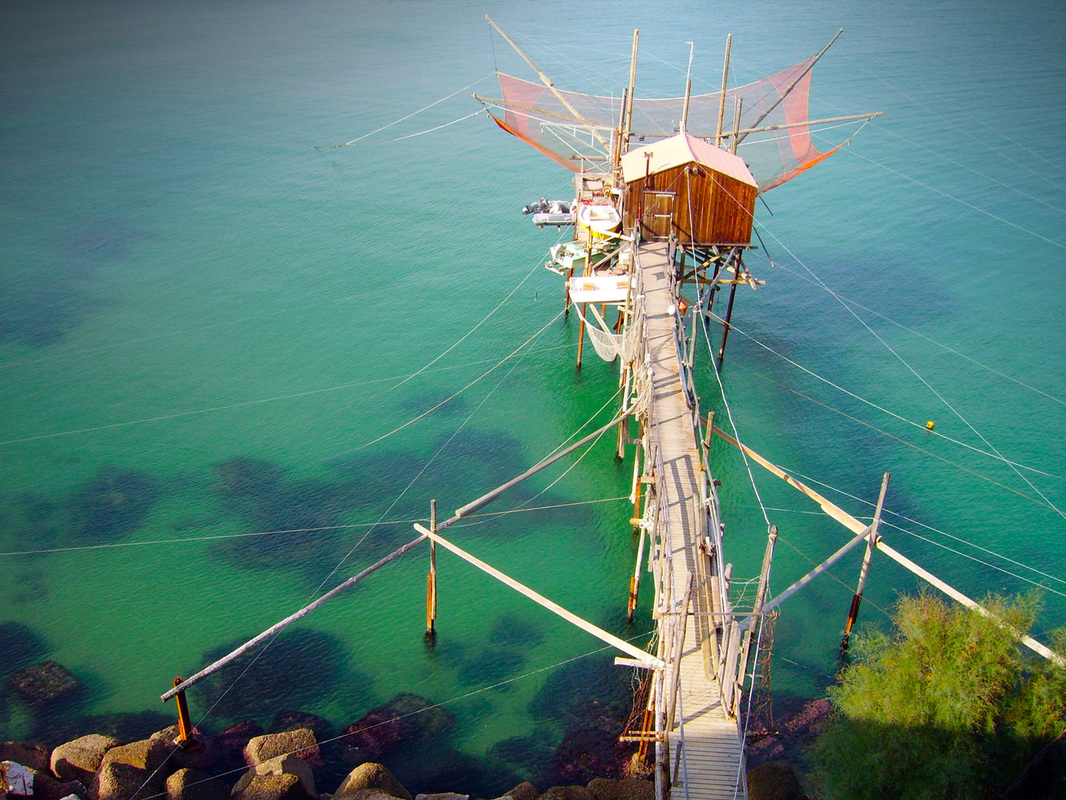
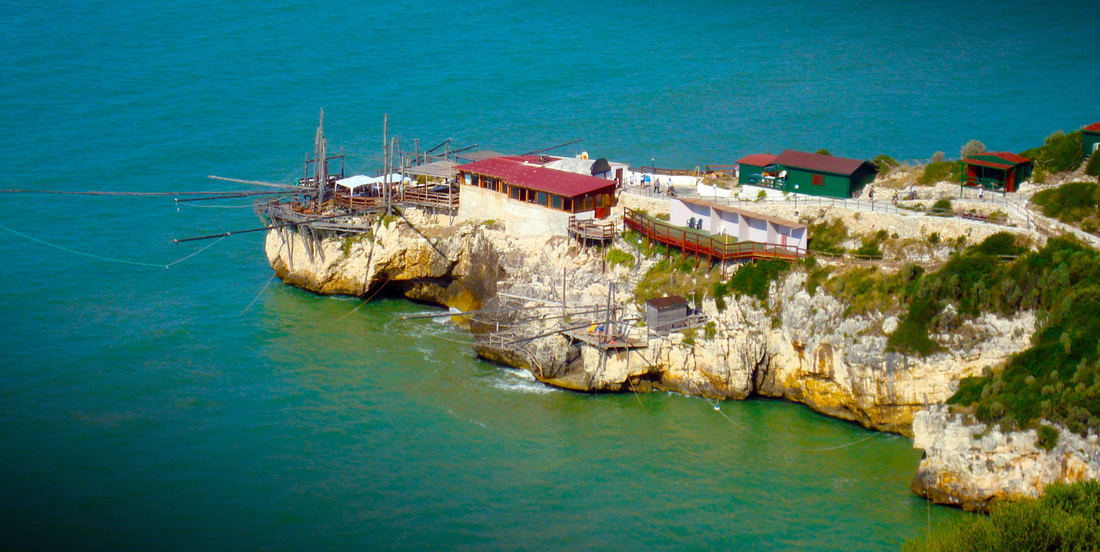
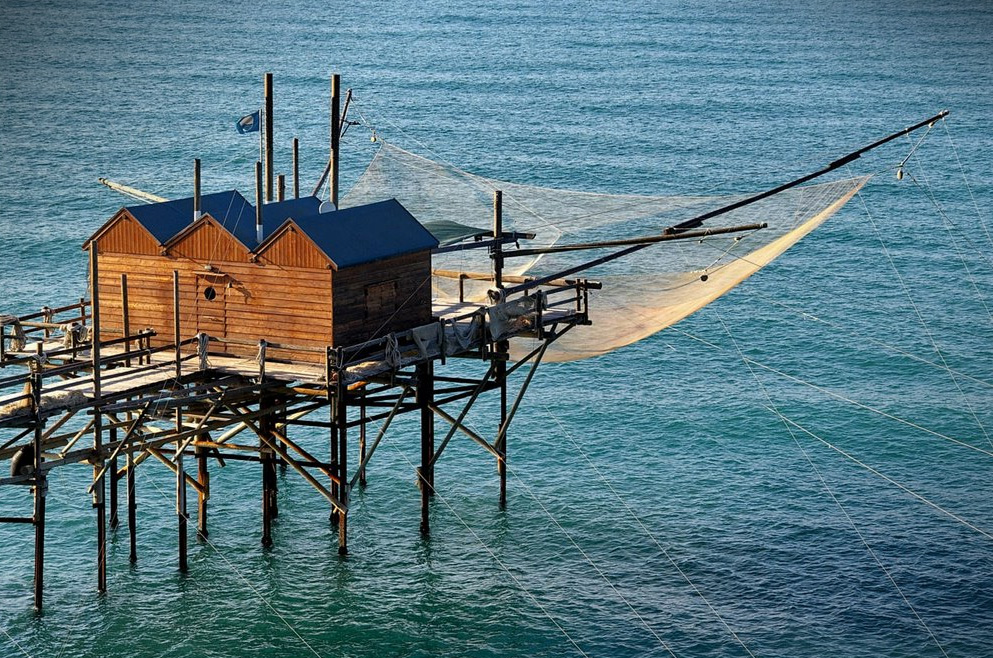
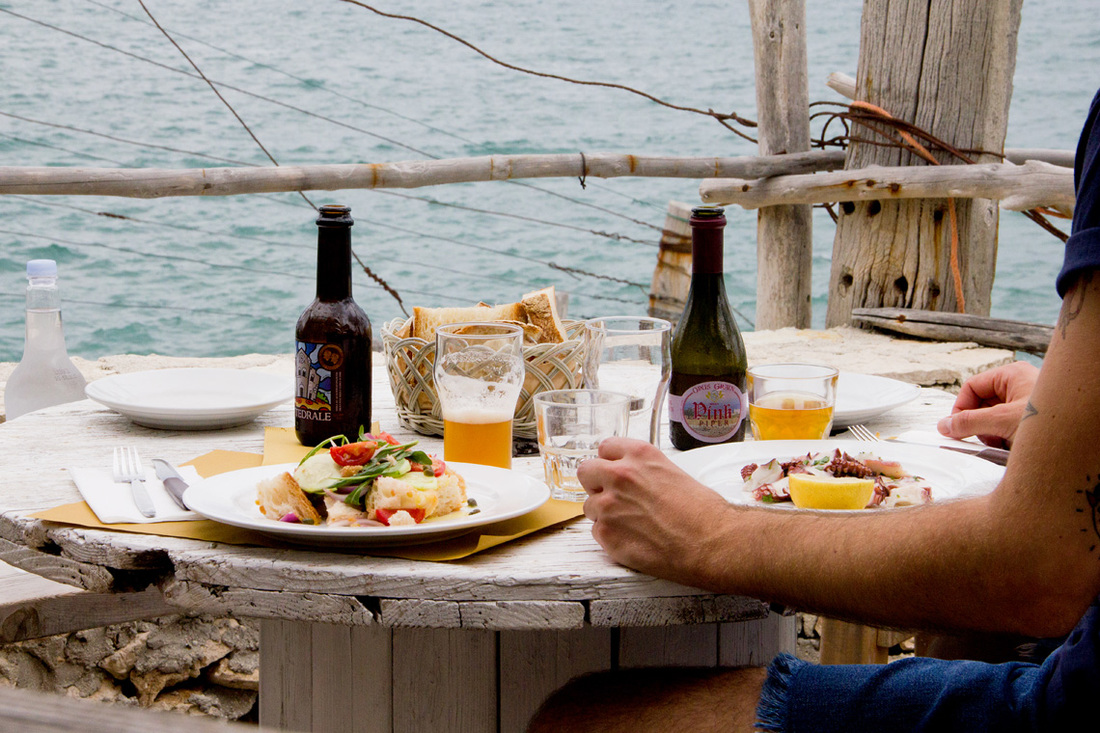

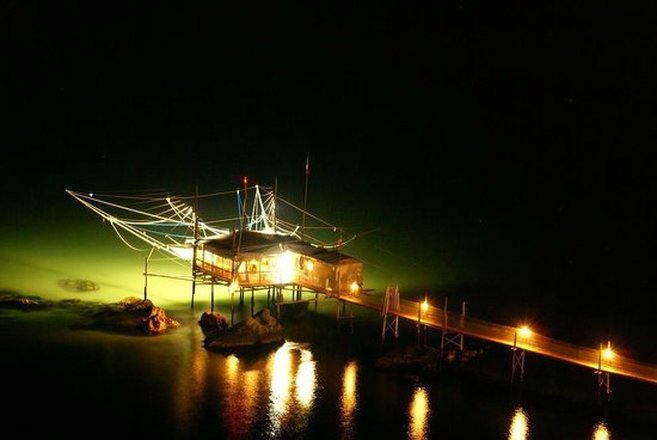
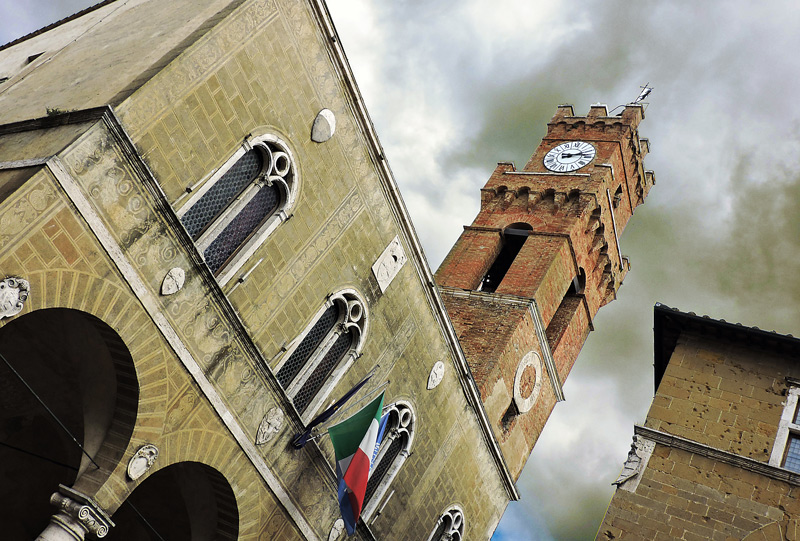
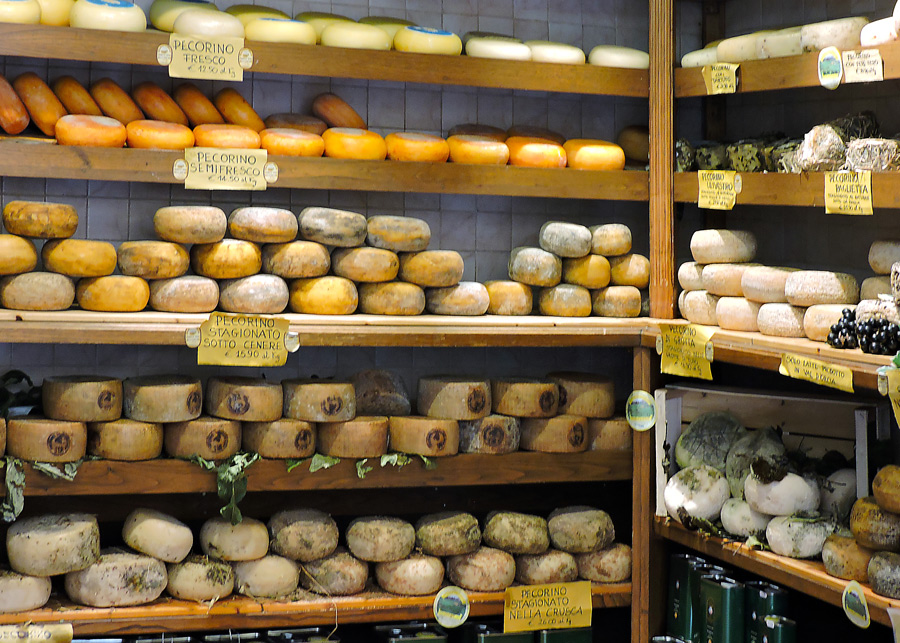
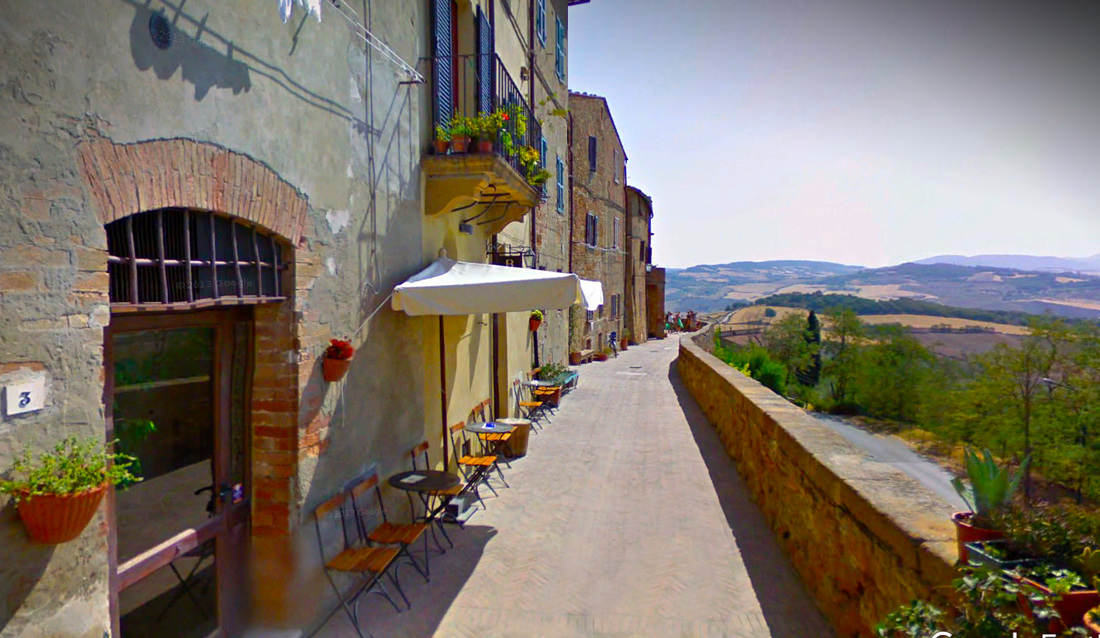
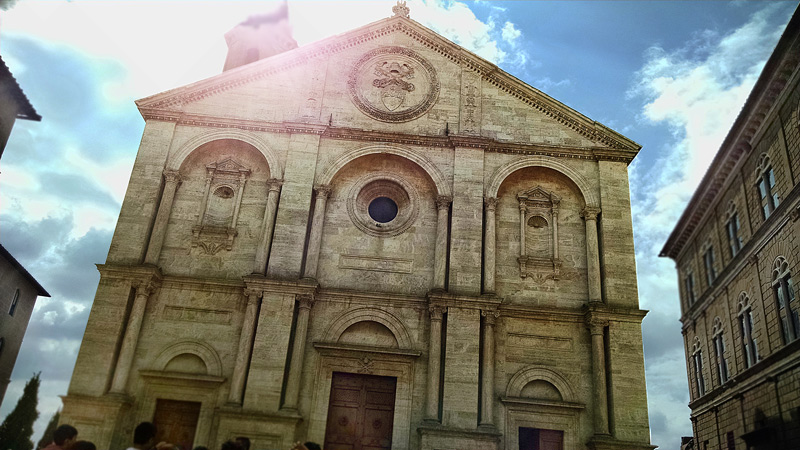
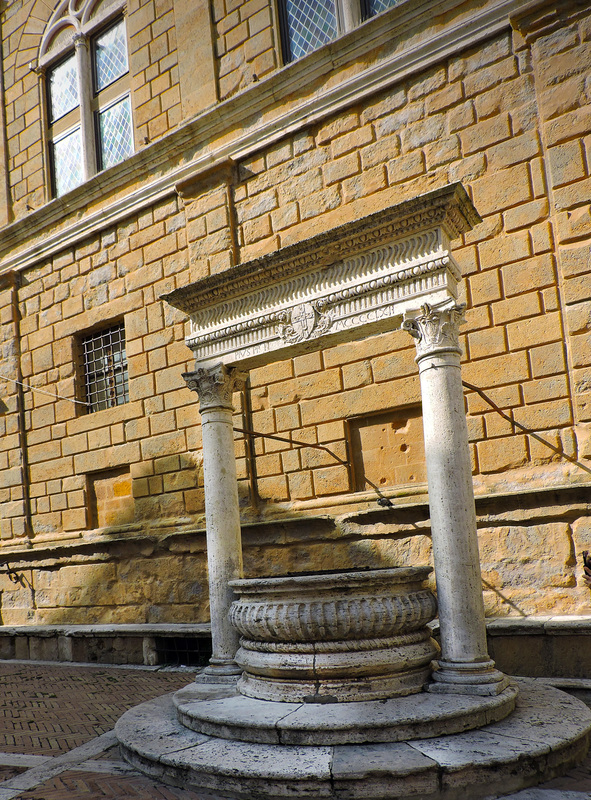
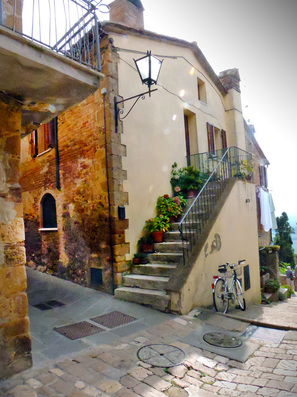
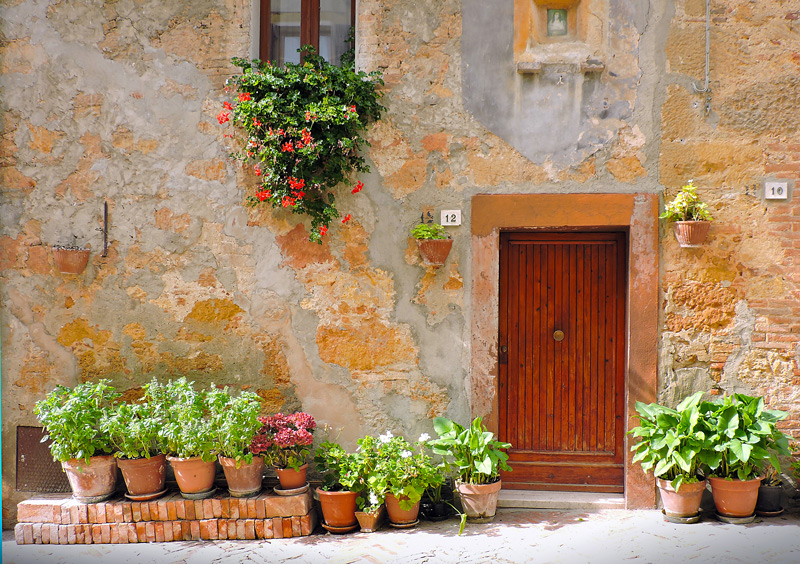
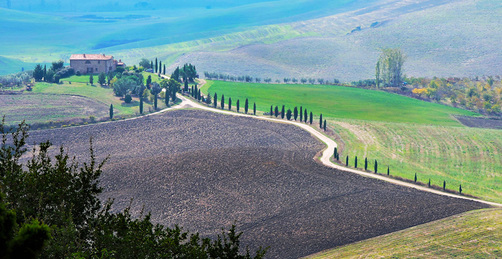
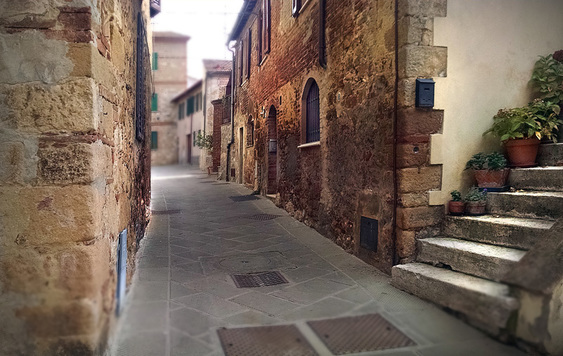
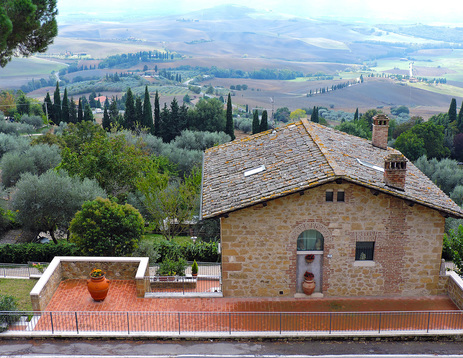
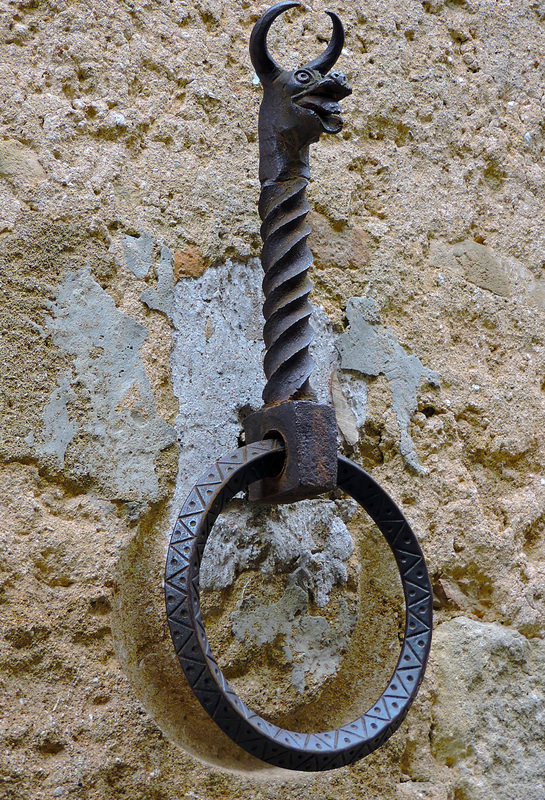
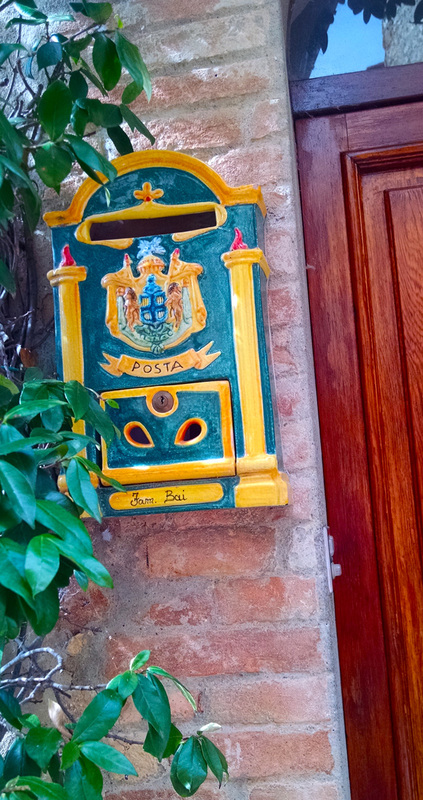
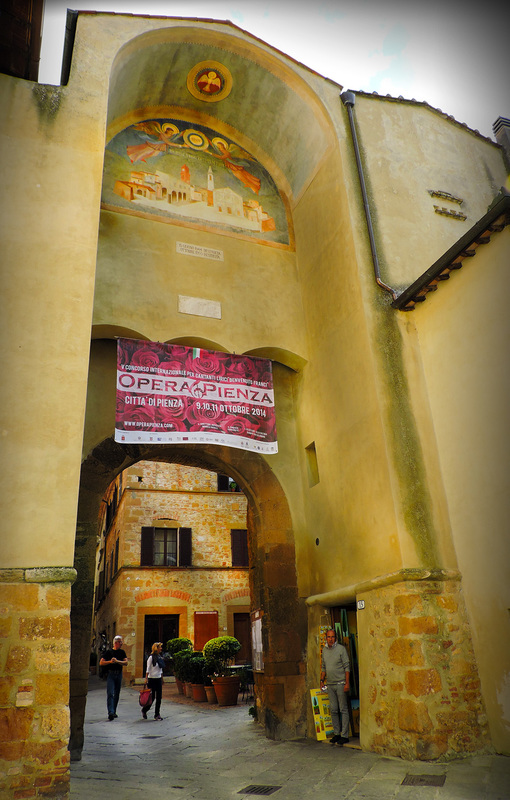
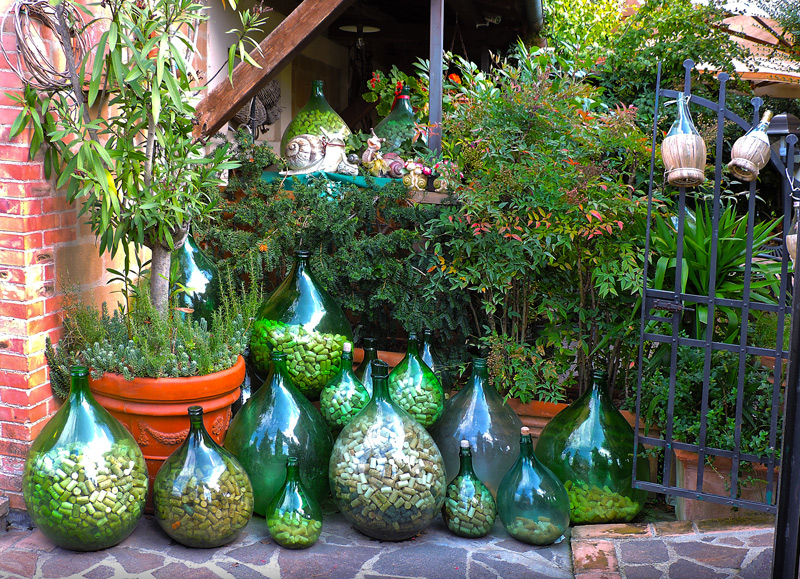
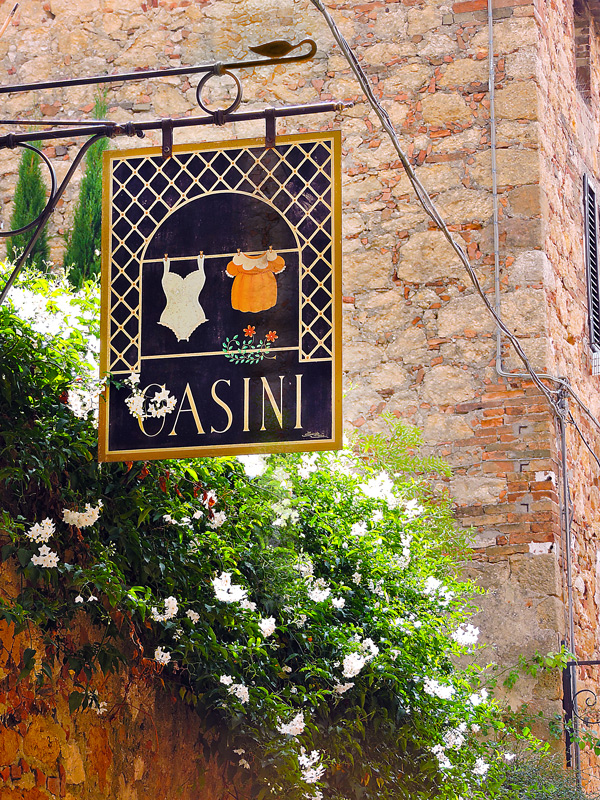
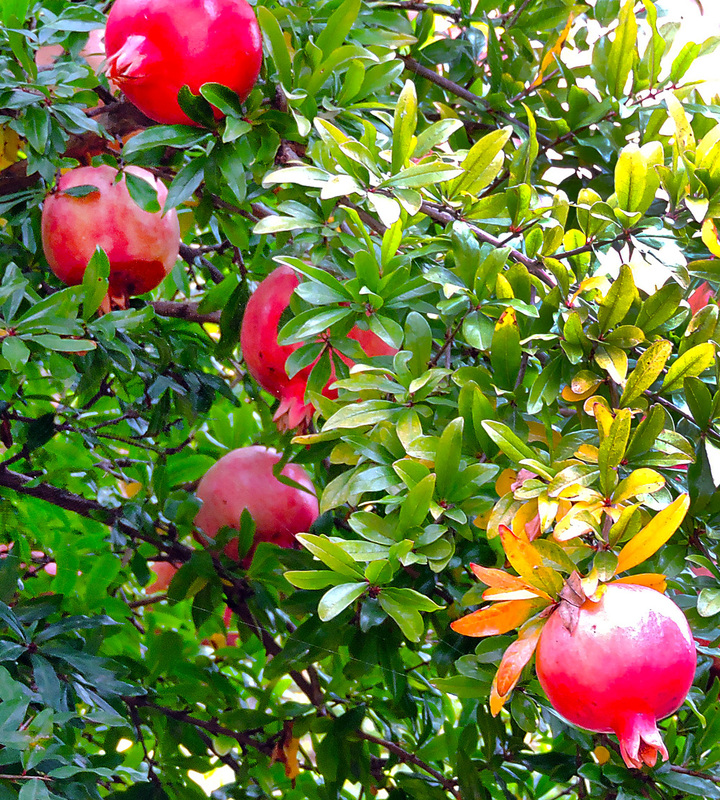
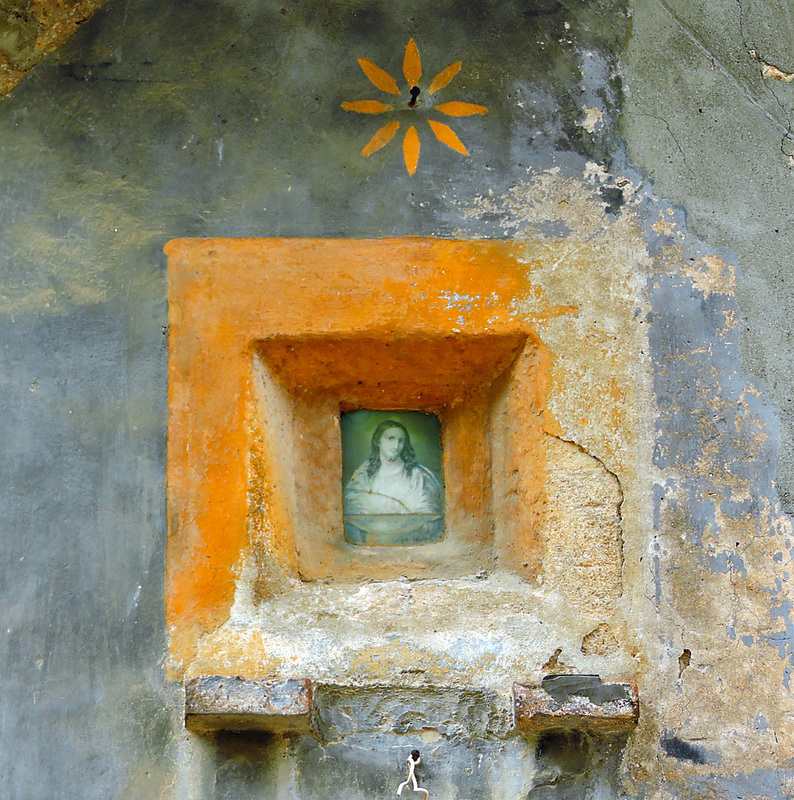
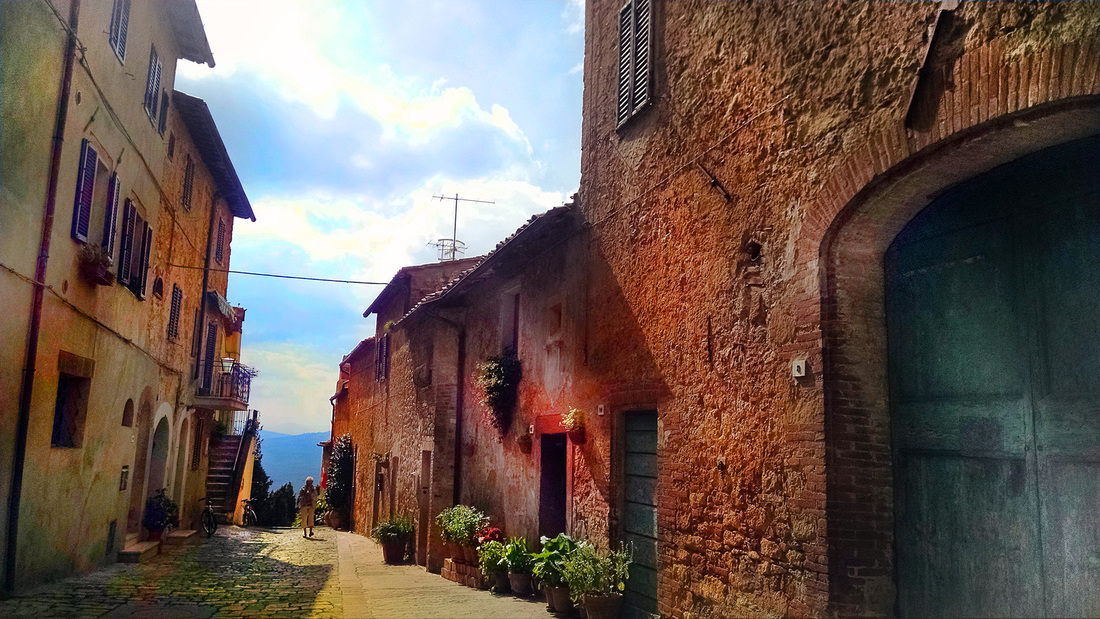
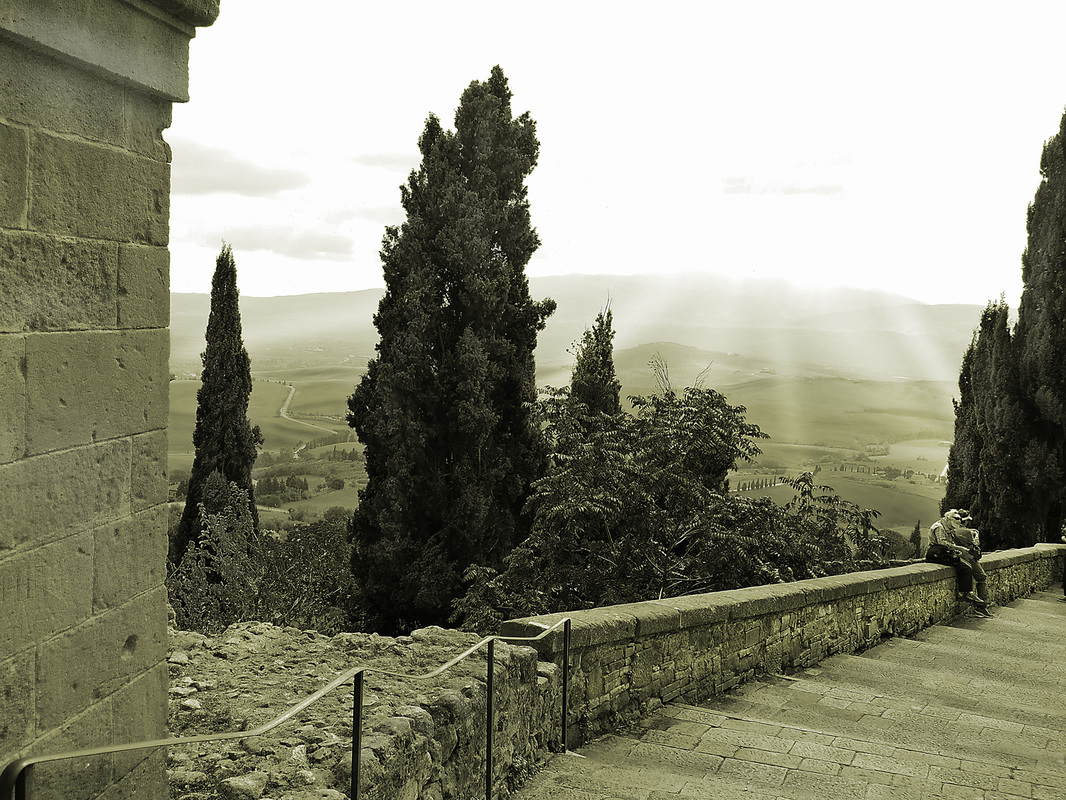
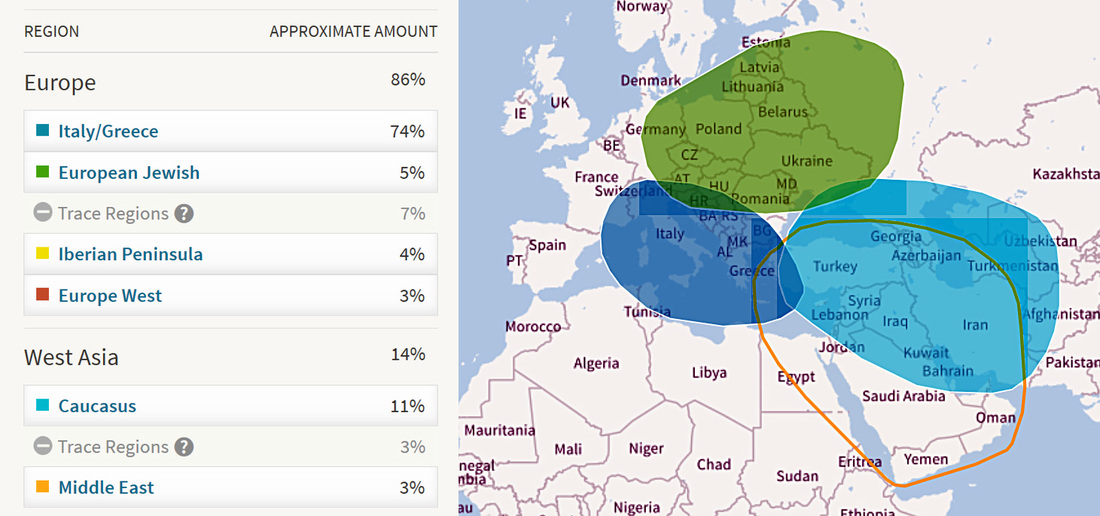
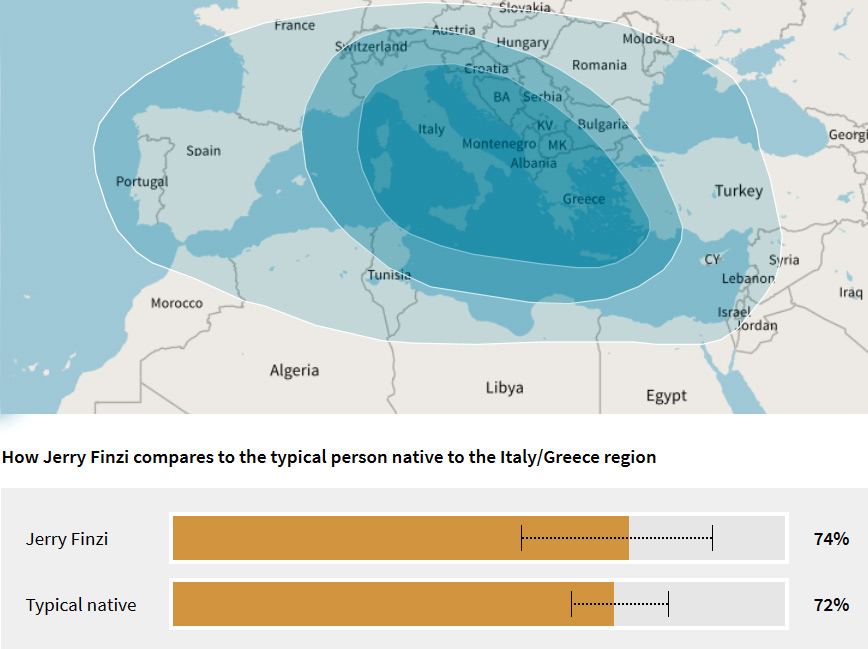
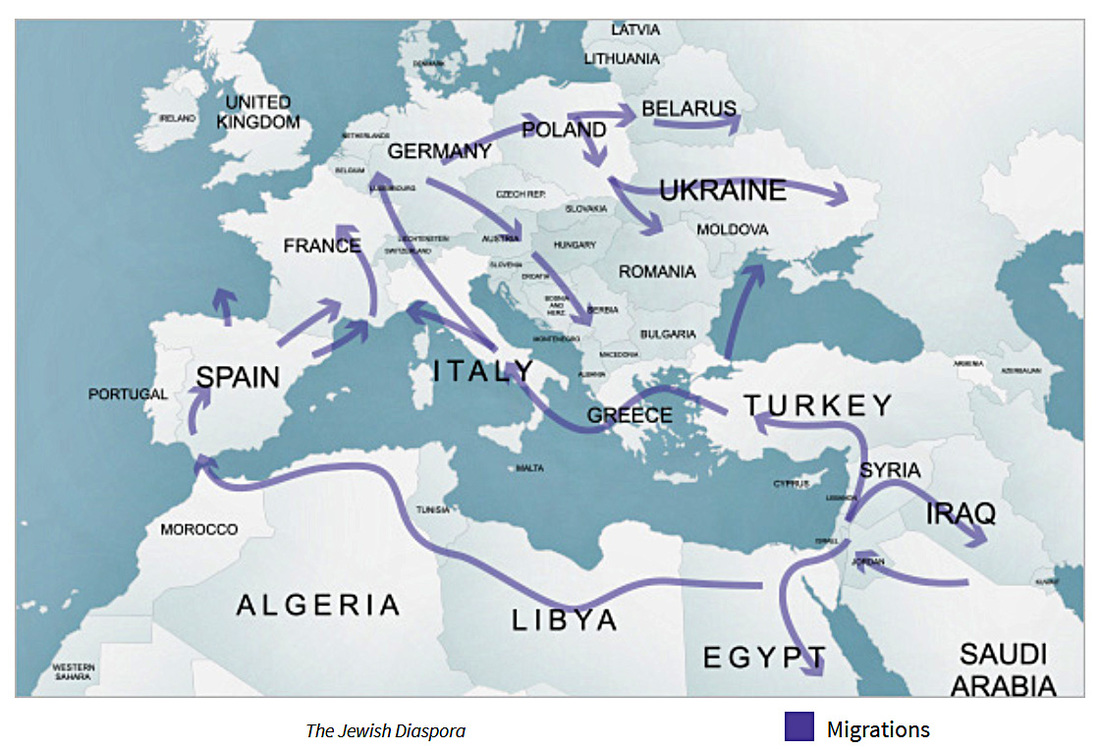
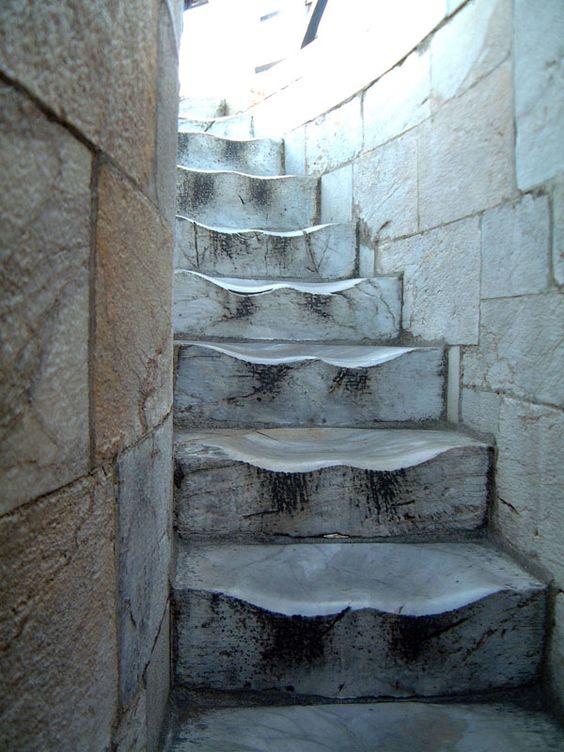
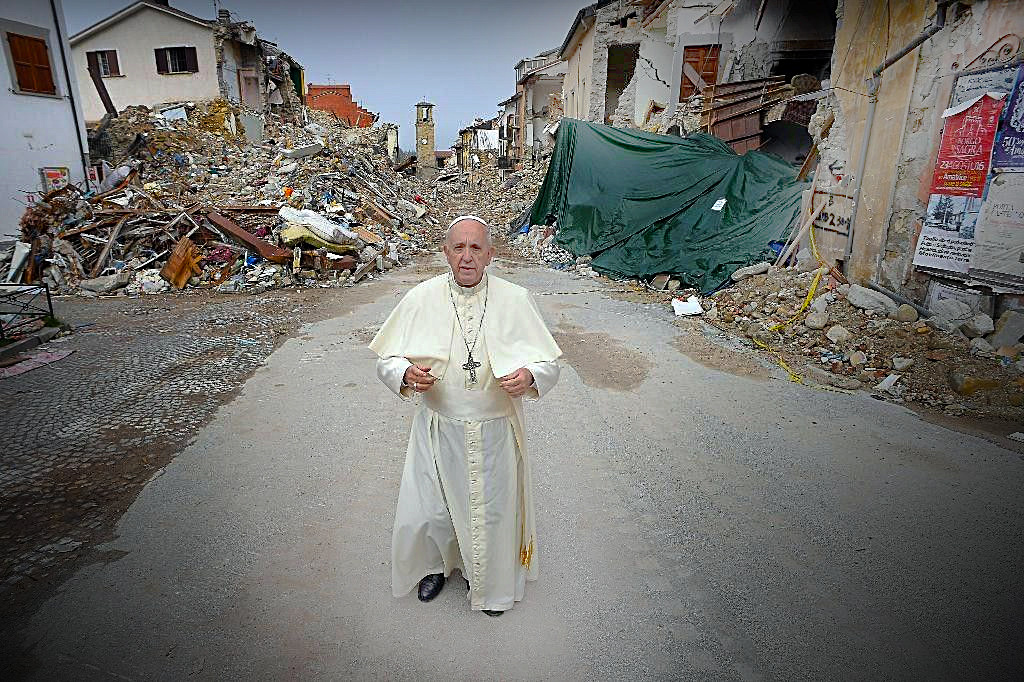

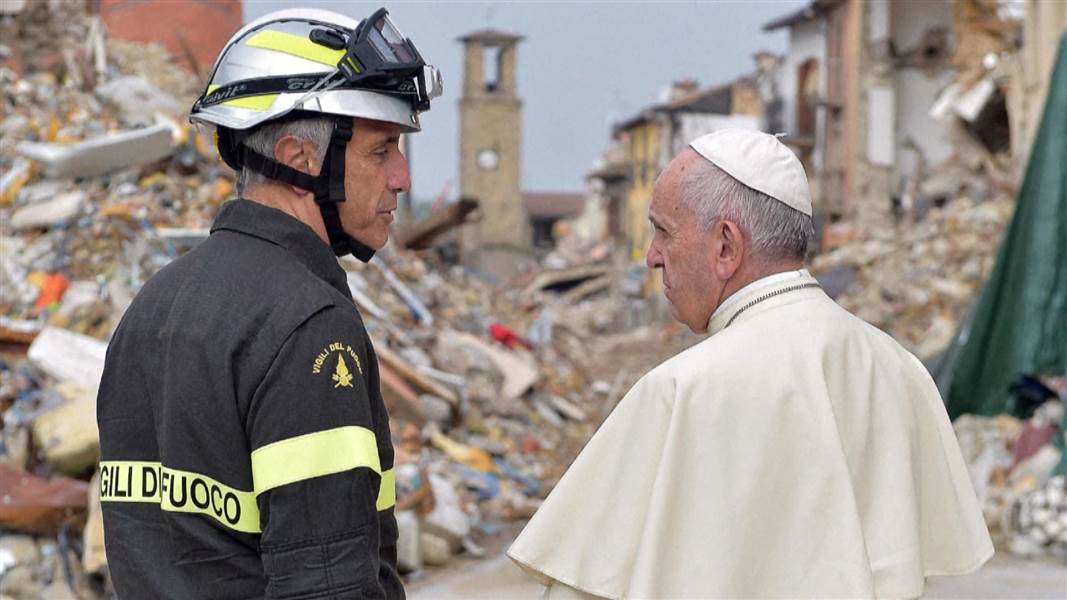
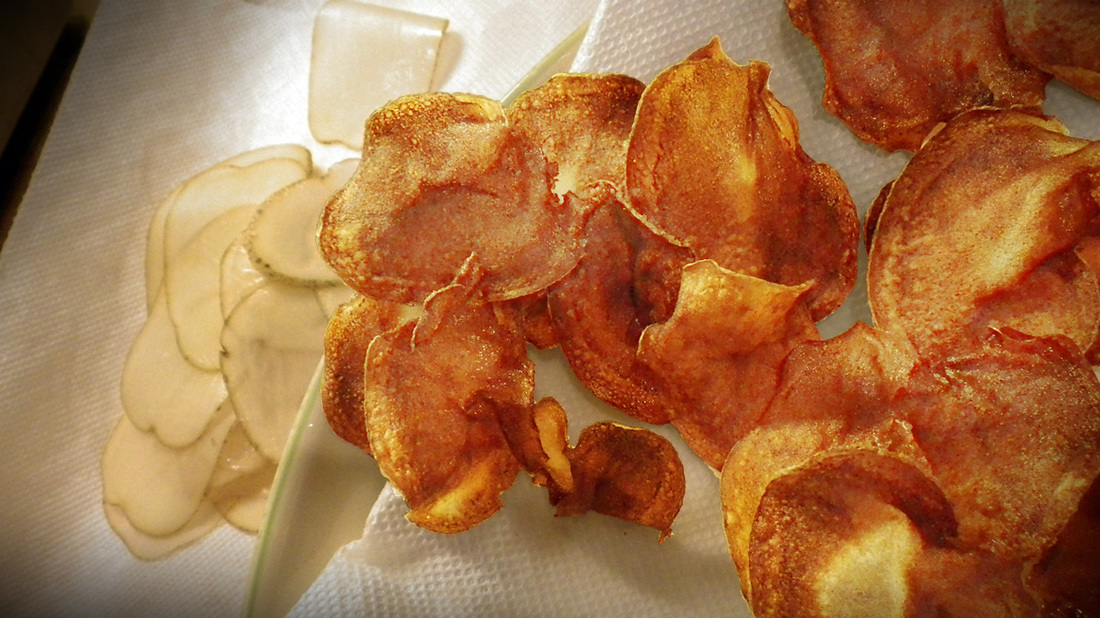
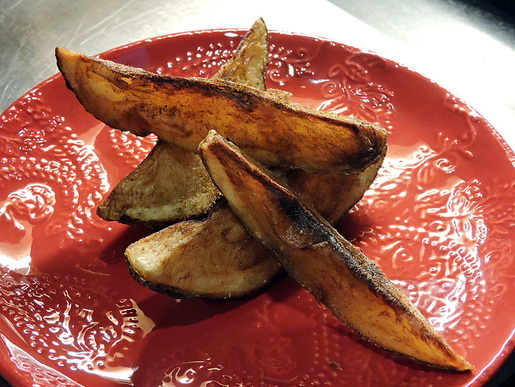
 RSS Feed
RSS Feed
